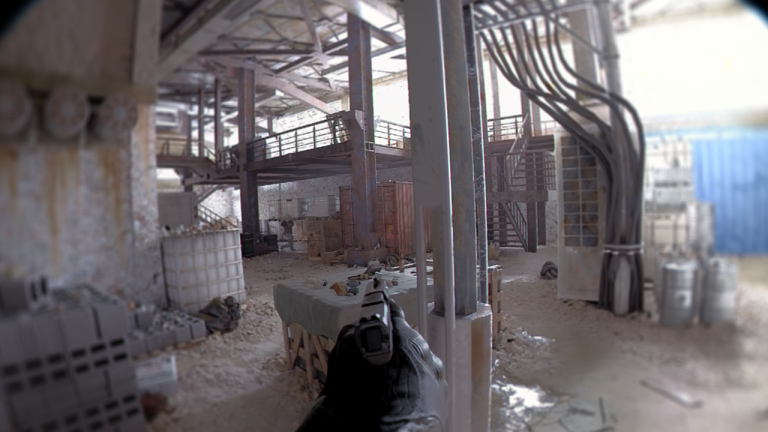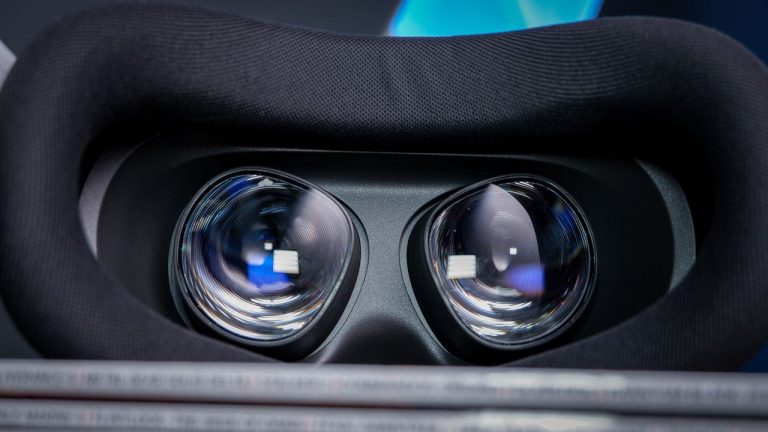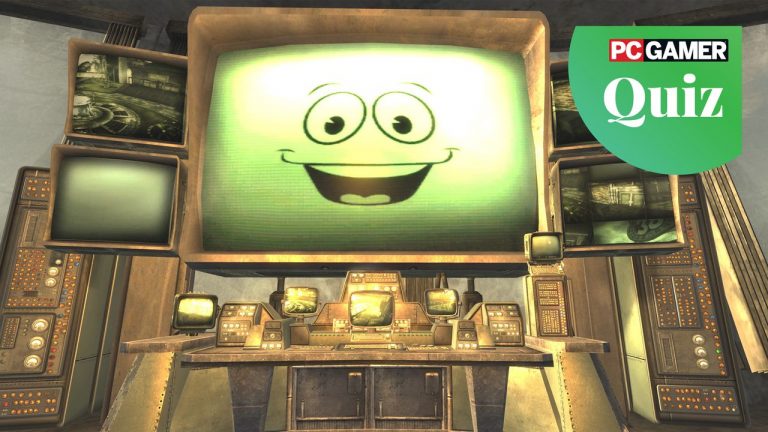Finding yourself a gaming projector used to be a bit of an oxymoron, but today you can get projectors that speed along with ridiculous 240 Hz refresh rates, and a super low 4 ms input latency. The Optoma UHZ55 is one of those. It’s built around competitive gaming, but it’s not the only one out there today. It does a lot, and it does it well for the price, but the question is whether it stands up against the rest of the top tier projectors on our best gaming projector roundup on specs other than speed. Because, let’s face it, not everyone needs a superspeed projector. And not everyone has the cash to spend on often-wasted refresh rates.
As it turns out, it’s a pretty close call. But there’s a couple of things holding the Optoma UHZ55 back.
Out of the box, the Optoma UHZ55 is pretty understated. No flashy design, just your average black projector with a hatch of wide slits on the sides for exhausting all that air. And it needs them, because this thing really blows at higher refresh rates. You definitely notice it fire up when you switch up into gaming mode. Which isn’t so fantastic when the projector is placed right by your head.
Thankfully the keystone correction and vertical lens shift make it a lot easier to project from an angle other than directly in front of your chosen wall. Not only are there digital and physical controls for zoom, focus and lens shift, all are easy to set. It’s important to note, however, that the keystone or “geometric correction” can’t be changed once you’ve set the lens tilt. Moreover, in gaming mode, the keystone resets so you kinda do have to put it behind your head or get it rigged up to the ceiling if you want the full speed the beamer offers.
(Image credit: Future)
Projector type: DLP
Lamp type: Laser
Resolution: 1080p
Image size: Up to 300-inch
Refresh rate: Up to 240Hz
Response time: 4ms
Throw ratio: 1.21:1 ~ 1.59:1 (Long throw)
Brightness: 3,000 ANSI lumens
Inputs: 1 x Ethernet , 1 x HDMI 2.0 (eARC), 1 x RS232 , 2x HDMI 2.0, 3 x USB Type-A, 1 x 3,5mm Jack, 1 x S/PDIF
Dimensions: 337 x 265 x 119.3mm
Features: Keystone correction, 1.3 Zoom, Creative Cast, Optoma Connect
Light lifespan: 30,000 hours
Warranty: 3 Year limited
Price: $2,099 | £1,498
The UI is easy to navigate, either with the controls on the top of the projector, or the little light up controller. But as much as the UI is gorgeous, the saddest thing about the Optoma UHZ55 is that it runs on a custom Android operating system. Aside from the few apps on the Optoma Marketplace, such as Netflix, TED, Prime, there’s not a lot to choose from. Google Play services are completely off the cards, meaning no YouTube.
That could be a dealbreaker for some, but if you’re always going to have your rig hooked up it shouldn’t be too much of a problem as you’ll have that for programs. Otherwise, you’ll need to invest in an Amazon Fire Stick or similar, which means spending out on yet another device if you just want to catch up on your subscriptions without moving your gaming laptop, or whatever.
Hooking it up, it becomes clear where Optoma’s focus was pointed. There’s absolutely no noticeable latency from inputs with the Optoma UHZ55. Whether in 4K or 1080p in gaming mode, the movement is smooth as anything, and I could make the most of the super high frame rates with V-Sync on.
The image is damn sharp when you perfect the focus, too, even looking great with the curtains open on a sunny day thanks to all those lumens.
(Image credit: Future)
(Image credit: Future)
(Image credit: Future)
(Image credit: Future)
(Image credit: Future)
But how does it fare against the rest of the best gaming projectors?
You can get the BenQ TK700STi—currently on our best projector list as the fastest at 240 Hz/4 ms—for $1,699/£1,340. That’s a saving of $400/£160 over the Optoma, for essentially the same specs, and a speaker that’s just as terrible. Of course, the BenQ’s lamp life is rated to nowhere near as long as the Optoma UHZ55, which starts to look real good for the long haul and maybe worth spending the extra money on.
✅ You’re a competitive gamer: If you’ve a need for speed, and your machine can make use of that 240 Hz refresh rate with high fps, the Optoma UHZ55 is one of the fastest beamers we’ve tested.
✅ You have the space for long throw: The Optoma UHZ55 needs to be positioned between 1.2 and 8.1 m away from the projection surface, and close to straight on since the keystone doesn’t work in gaming mode… make sure you have somewhere to put it.
❌ You’re planning to use the built-in speaker: The speaker is weak and tinny to the point of being quite painful, especially if you’re sitting right next to it. You will want to grab your own speaker setup for this one.
❌ You won’t always have a machine / firestick: Without Google Play, the Optoma UHZ55’s app options are few. It’s only good for Spotify, Netflix, TED, and Amazon Prime on its own.
That said, compare it to the current top beamer on our list—the BenQ X3100I—and you start to see why speed isn’t everything. The Optoma UHZ55 is almost £200 more ($800 for those in the US) for a higher refresh and half the input latency. So if you’re packing a monster rig with one of the best graphics cards around, you’ll likely want to make the most of the high refresh rate on the Optoma, but if you’re barely hitting 120 fps at 1080p, there’s not much need to spend the extra dollar.
Sure you’re sacrificing some speed with the Benq X3100I, but it’s generally a more well-rounded projector, with the same lamp-life rating and fantastic image quality, but with 5W stereo speakers and an actual Android TV dongle backing it up.
Essentially, unless you already have one of the best speakers for PC gaming, a machine that can pump out 200+ fps—and an Android dongle/Fire Stick if said machine is a gaming laptop and not always around—it’s a little harder to recommend the UHZ55. It’s difficult to justify the extra cost against its (ever so slightly slower) competitors, plus all the extras you’ll have to get hold of. But if you’re all set with a surround sound system and a monster gaming PC, it’ll eat through those frames like nobody’s business.












